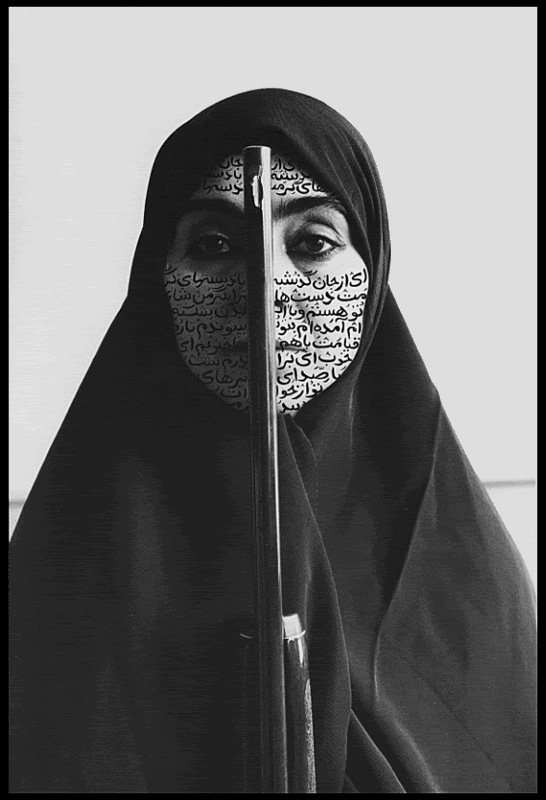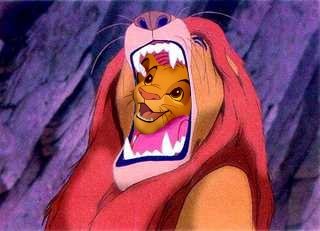My final project will feature found objects that would be common to come across on a farm or in a field, but uncommon to the rest of society. I plan to create images on these objects and then encase them in epoxy resin, in way similar to the way insects are incased in amber. For presentation, I will place the finished resin “bricks/stones” in a container of dirt so that it appears as if they have just been discovered in the ground.
I plan to gather a large number, between ten and twenty small found objects from around the area where I live and paint small images on them. These objects may include (depending on what I can find) small pieces of animal bone, small (speckled) bird eggs, neck-chain number tags from cows, arrowheads, nubs of cow horns, dead insects, small rusted parts from old tractors, fence insulators and other objects if necessary.
After I have finished drawing and painting on each object, I will coat the image with a sealant to protect it from the next step, which is to encase the found object(s) in a desired position in epoxy resin. I will also use dye to give the resin a yellowed appearance, like amber, but not dark enough that it obscures the images.
The images I plan to draw vary with each object, but I plan to draw images that would not normally be associated with them. Some of these objects relate particularly to farming and therefore appear quite masculine and rugged. I plan to take some of that ruggedness away by painting extremely feminine, delicate, Victorian designs on them. Others, like the bird eggs, are considered feminine fragile and delicate. I plan to paint raging elephants on the bird eggs and put the dead insects in and around the bird eggs when I encase them.
There are some possible problems I can see arising throughout this project, the major concern being my lack of experience with epoxy resin. I have never worked with this material before, but it intrigues me and I am willing to try it even though I think it will be difficult. The issue is that because I am working with found objects that cannot be easily replaced, there is little room for error when setting them in the resin. I am also concerned that the resin may be sticky when I finish the bricks, which may make the dirt stick to them. If this happens, I will need to coat them in another sealant after they are dry. Other than that, the surfaces of some of the objects will be difficult to draw/paint, but I believe that it can be done with patience and practice.
Tuesday, April 14, 2009
Monday, March 16, 2009
And now something for my Spanish-speaking friends-
Fernando Botero es un artista muy famoso en los países del sur america y en el mundo también. Nació el 19 de abril, 1932. Su padre era un vendero pobre y murió cuando Fernando tenía solamente cuatro años, (es muy triste). Cuando él tenía doce años, él era un matador
Fernando fue a Europa en 1950 para estudiar las obras maestras del los artistas famosos del mundo. Sus modelos favoritos son: Diego Rivera, Pablo Picasso, Diego Velazquez, y Francisco Goya.
Nunca pintó la oscuridad porque creyó que la fue la enemiga de color. Usa colores vivos y fuertes porque es el estilo de la artesanía de Colombia.
Hoy, Fernando pinta la tortura y el sufrimiento de los prisioneros del Bahía Guantanamo y Abu Graib.
Mis opiniones
Espero que él continue su trabajo y tambén, espero que él regresé a sus obras felizas. Me gustan muchísimo, sus personas y figuras gordos como chorizos.
Fernando Botero es un artista muy famoso en los países del sur america y en el mundo también. Nació el 19 de abril, 1932. Su padre era un vendero pobre y murió cuando Fernando tenía solamente cuatro años, (es muy triste). Cuando él tenía doce años, él era un matador
Fernando fue a Europa en 1950 para estudiar las obras maestras del los artistas famosos del mundo. Sus modelos favoritos son: Diego Rivera, Pablo Picasso, Diego Velazquez, y Francisco Goya.
Nunca pintó la oscuridad porque creyó que la fue la enemiga de color. Usa colores vivos y fuertes porque es el estilo de la artesanía de Colombia.
Hoy, Fernando pinta la tortura y el sufrimiento de los prisioneros del Bahía Guantanamo y Abu Graib.
Mis opiniones
Espero que él continue su trabajo y tambén, espero que él regresé a sus obras felizas. Me gustan muchísimo, sus personas y figuras gordos como chorizos.
Wednesday, March 11, 2009

I chose Fernando Botero as my third artist because he is known for painting "sausage people" which I think is ironic because in drawing class, we are suppose to avoid drawing "sausage people." I enjoy his paintings because I find it hilarious how he can make a normal person look as if they are made out of balloons on the brink of popping. I also find it funny that everyone he paints comes out looking very mascuiline, like this woman for example.
 This is the cover of "Paperwork" by Jane Hammond. I found it interesting, the way that this image ties the two artists together. Both artists have works involving photographic images that show writing or drawing on human figures, however, Hammond's works are more colorful and give off a jovial vibe, while Neshat's are darker both in value and in meaning.
This is the cover of "Paperwork" by Jane Hammond. I found it interesting, the way that this image ties the two artists together. Both artists have works involving photographic images that show writing or drawing on human figures, however, Hammond's works are more colorful and give off a jovial vibe, while Neshat's are darker both in value and in meaning.
Shirin Neshat
 This is a picture of Neshat herself. She's not exactly as tough-looking or scary as some of her work would lead you to believe. I read that she is also known for her split-screen video installations. I'll try to find some examples and post them, but considering my low technological skill level, that may be mildly difficult.
This is a picture of Neshat herself. She's not exactly as tough-looking or scary as some of her work would lead you to believe. I read that she is also known for her split-screen video installations. I'll try to find some examples and post them, but considering my low technological skill level, that may be mildly difficult.
 So here is the second image, I just mentioned. I like the fact that Neshat chose to use black and white photography, which makes the image even more dramatic. The use of black and white makes the woman's eyes really stand out. I also like the detail/resolution in the image. I can clearly see the texture of the cloth and the wrinkles in her burka and the individual hairs in her eyebrows. I
So here is the second image, I just mentioned. I like the fact that Neshat chose to use black and white photography, which makes the image even more dramatic. The use of black and white makes the woman's eyes really stand out. I also like the detail/resolution in the image. I can clearly see the texture of the cloth and the wrinkles in her burka and the individual hairs in her eyebrows. I
Subscribe to:
Posts (Atom)

